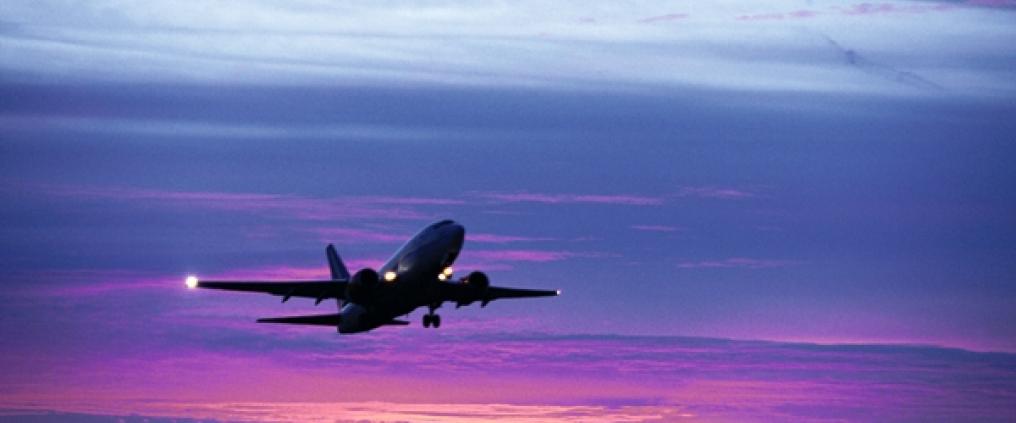1. What happens if lightning strikes an airplane?
Lightning can and does occasionally strike airplanes, but fortunately planes are designed to tolerate lightning strikes. According to one estimate, lightning strikes an airplane once in every thousand hours of flying.
Usually, lightning will hit an extremity such as a plane’s nose or wingtip, and the electric current will travel through the conductive exterior structures, exiting through another extremity, such as the tail, without causing major damage to the plane. Today’s aircraft are subject to a rigorous set of lightning certification tests to ensure safety.
2. Why are cabin lights switched off during takeoff and landing?
The lights are switched off or dimmed because of international safety regulation which aims to ensure that the crew and passengers’ eyesight is adjusted to the dark. This way they will be better able to make out the exit signs in case of an emergency. The risk of an emergency is greater during takeoff and landing.
3. Why are the pilot and co-pilot not allowed to eat the same food?
Many airlines’ safety regulations state that the plane’s pilot and co-pilot are not allowed to eat the same food before or during the flight. This rule aims to prevent both pilots succumbing to food poisoning at the same time, as it might be a risk to flight safety.
4. Due to safety reasons, airplane toilets can also be opened from the outside
The cabin toilet can be opened from the outside even if it is locked, because the crew needs to be able to get inside in case of an emergency. The toilet can also be locked from the outside to prevent passengers from entering, for instance during takeoff and landing.
5. Flying is one of the safest ways of travelling
Although a fear of flying is common, according to many estimates, flying is one of the safest ways to travel. For example, the US-based safety association, National Safety Council, estimates that the probability of death in a car accident is 1:114 while the corresponding ratio for air travel is significantly lower at 1:9821.
Flying safety has also developed positively throughout decades. The year 2016 was the second safest to fly.
References: Scientific American, Tiede magazine, Business Insider, Fortune, Aviation CV.
Do you know why all airports tend to look similar? An architect answers
